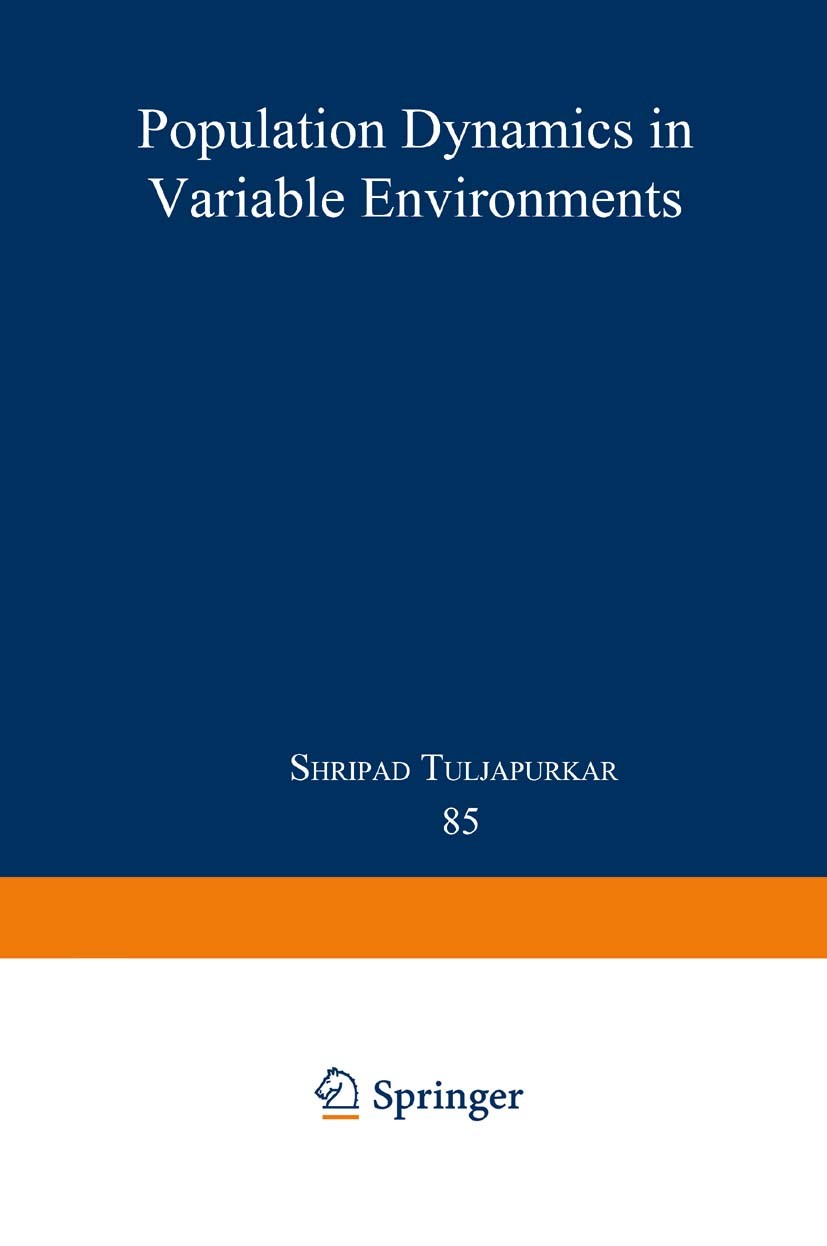| 书目名称 | Population Dynamics in Variable Environments |
| 编辑 | Shripad Tuljapurkar |
| 视频video | http://file.papertrans.cn/752/751550/751550.mp4 |
| 丛书名称 | Lecture Notes in Biomathematics |
| 图书封面 |  |
| 描述 | Demography relates observable facts about individuals to the dynamics of populations. If the dynamics are linear and do not change over time, the classical theory of Lotka (1907) and Leslie (1945) is the central tool of demography. This book addresses the situation when the assumption of constancy is dropped. In many practical situations, a population will display unpredictable variation over time in its vital rates, which must then be described in statistical terms. Most of this book is concerned with the theory of populations which are subject to random temporal changes in their vital rates, although other kinds of variation (e. g. , cyclical) are also dealt with. The central questions are: how does temporal variation work its way into a population‘s future, and how does it affect our interpretation of a population‘s past. The results here are directed at demographers of humans and at popula tion biologists. The uneven mathematical level is dictated by the material, but the book should be accessible to readers interested in population the ory. (Readers looking for background or prerequisites will find much of it in Hal Caswell‘s Matrix population models: construction, analysis, |
| 出版日期 | Book 1990 |
| 关键词 | Allele; dynamics; environment; evolution; fertility; growth; population dynamics |
| 版次 | 1 |
| doi | https://doi.org/10.1007/978-3-642-51652-8 |
| isbn_softcover | 978-3-540-52482-3 |
| isbn_ebook | 978-3-642-51652-8Series ISSN 0341-633X Series E-ISSN 2196-9981 |
| issn_series | 0341-633X |
| copyright | Springer-Verlag Berlin Heidelberg 1990 |
 |Archiver|手机版|小黑屋|
派博传思国际
( 京公网安备110108008328)
GMT+8, 2025-12-17 20:26
|Archiver|手机版|小黑屋|
派博传思国际
( 京公网安备110108008328)
GMT+8, 2025-12-17 20:26


